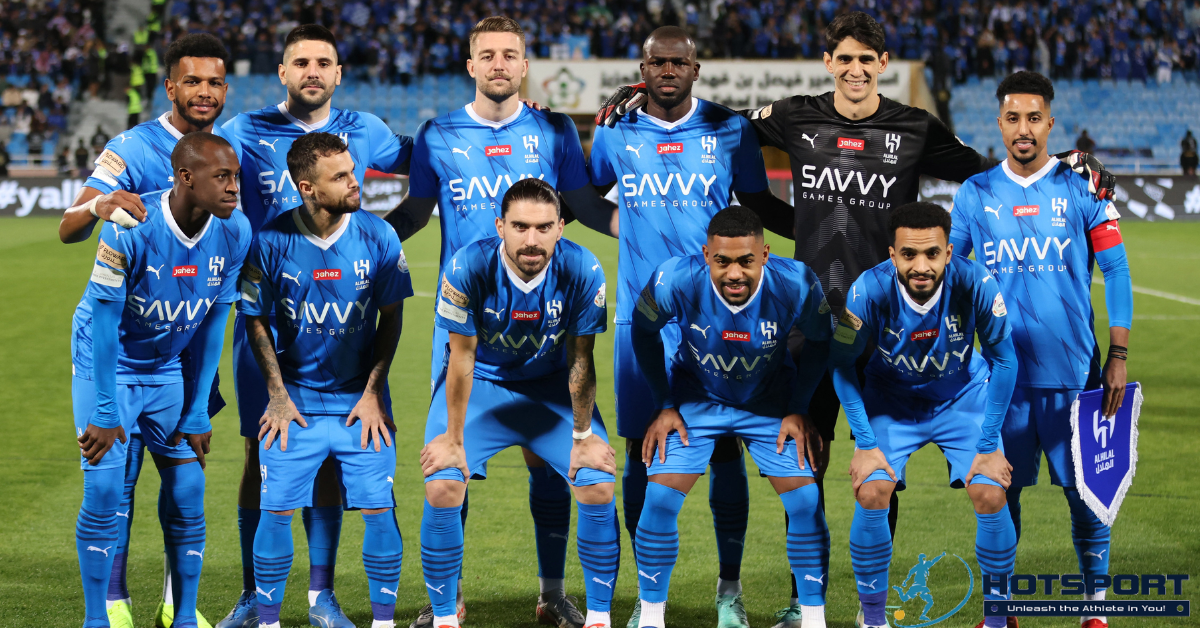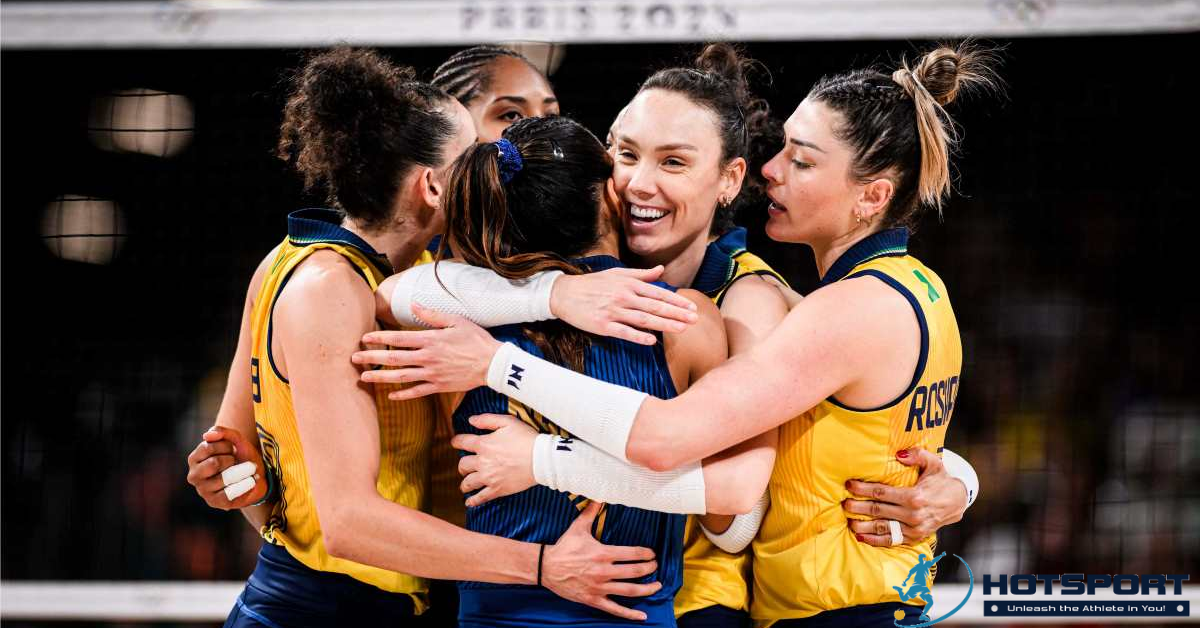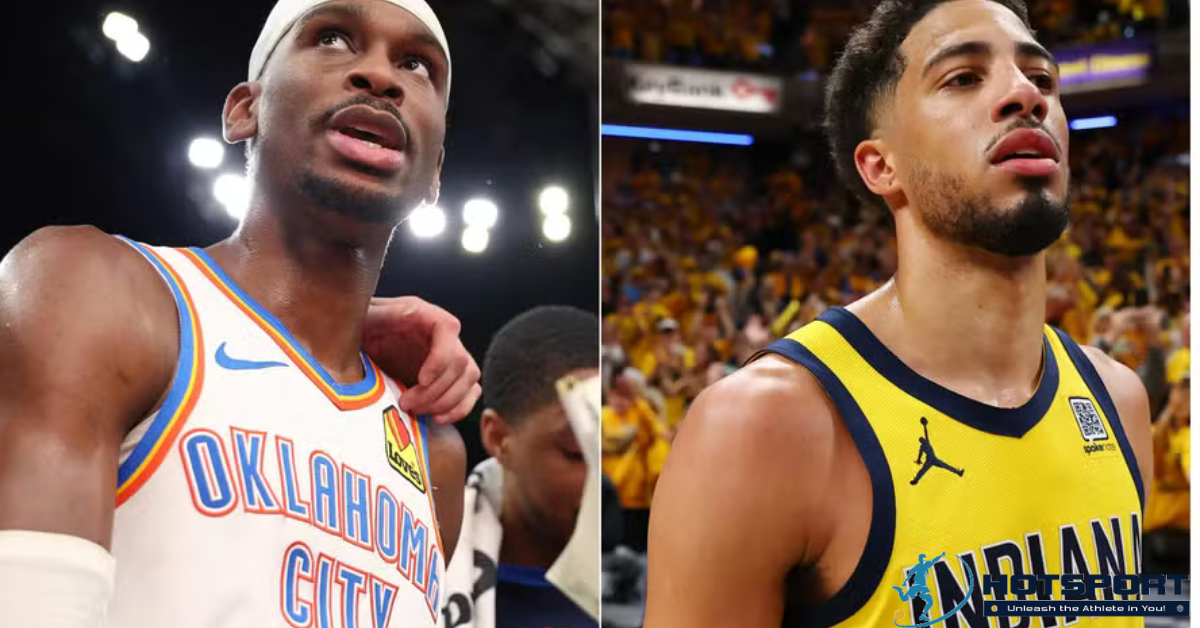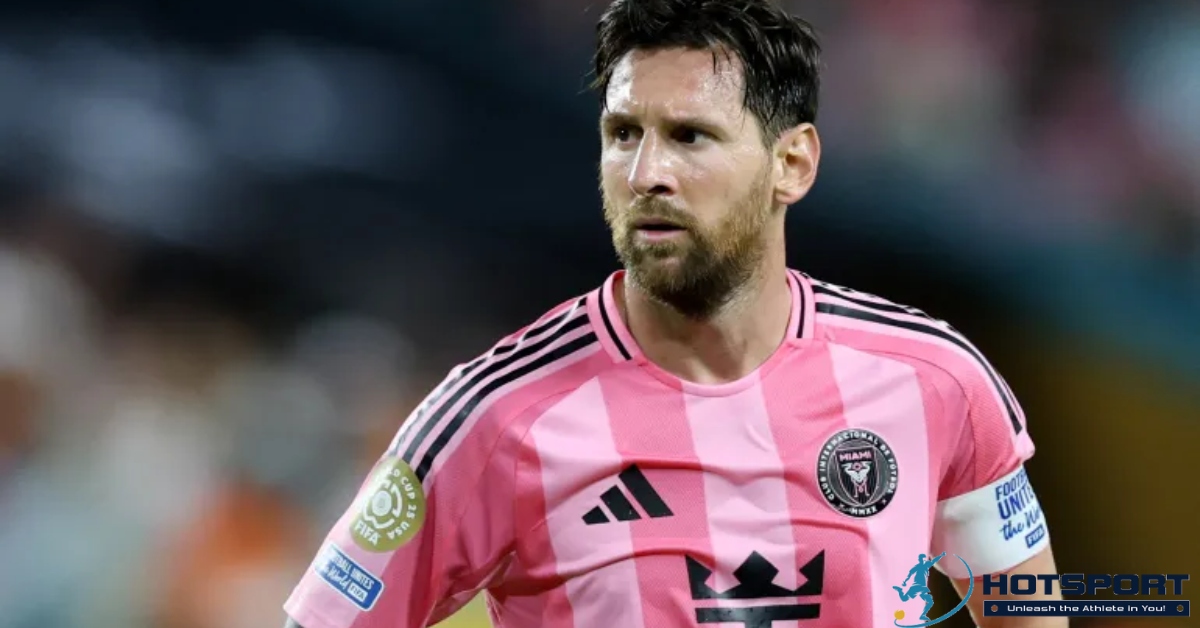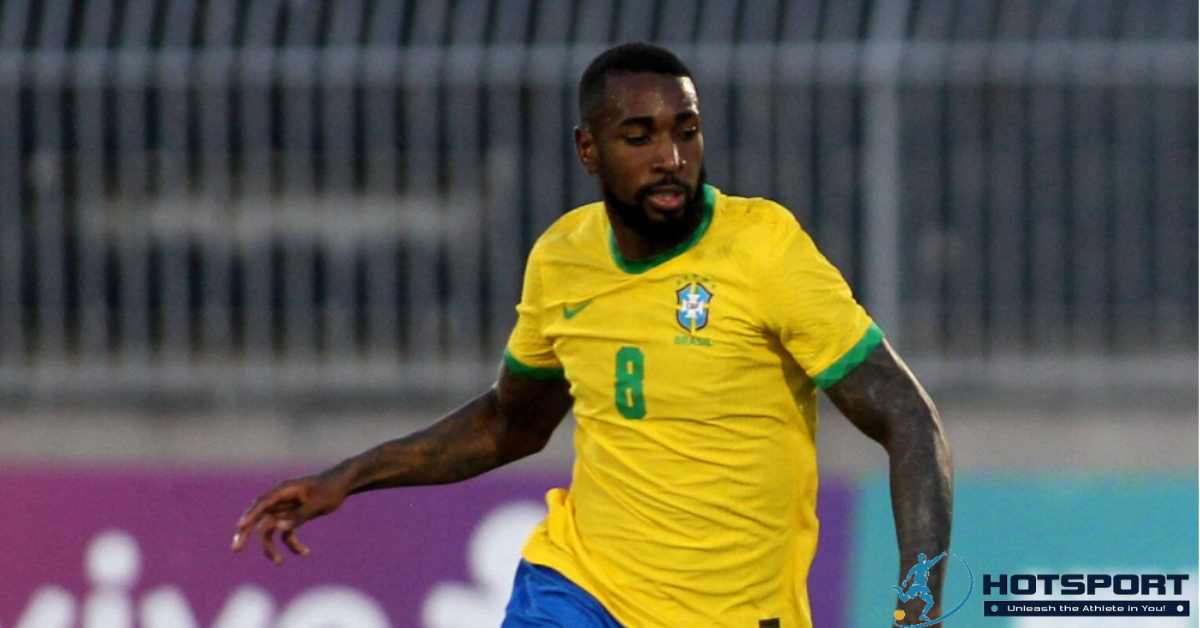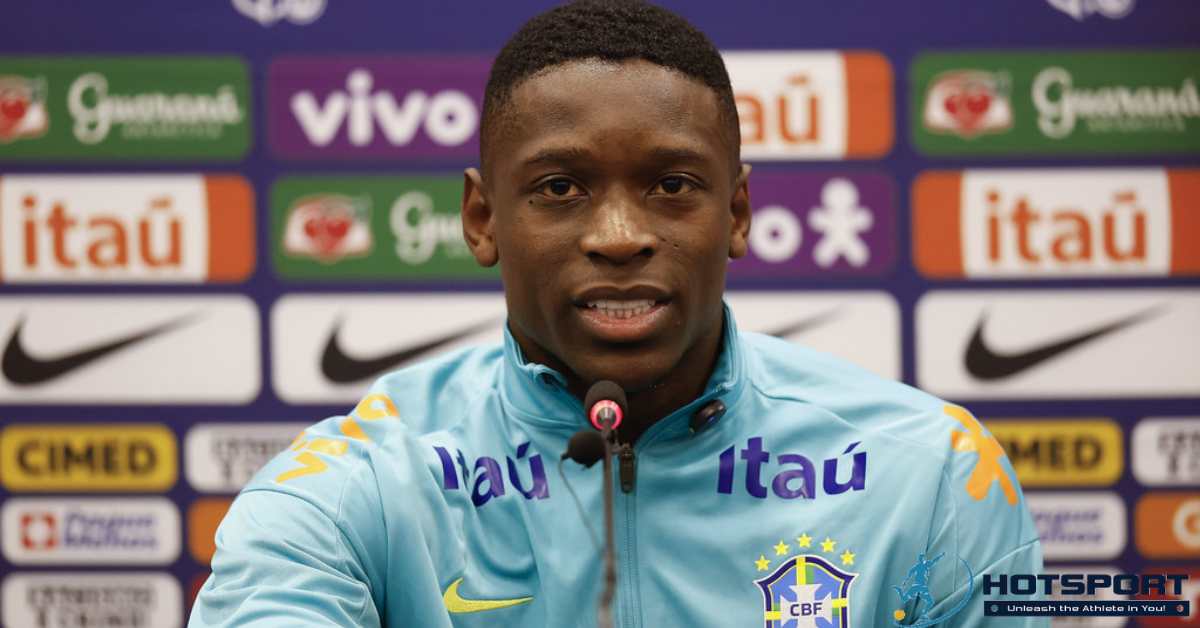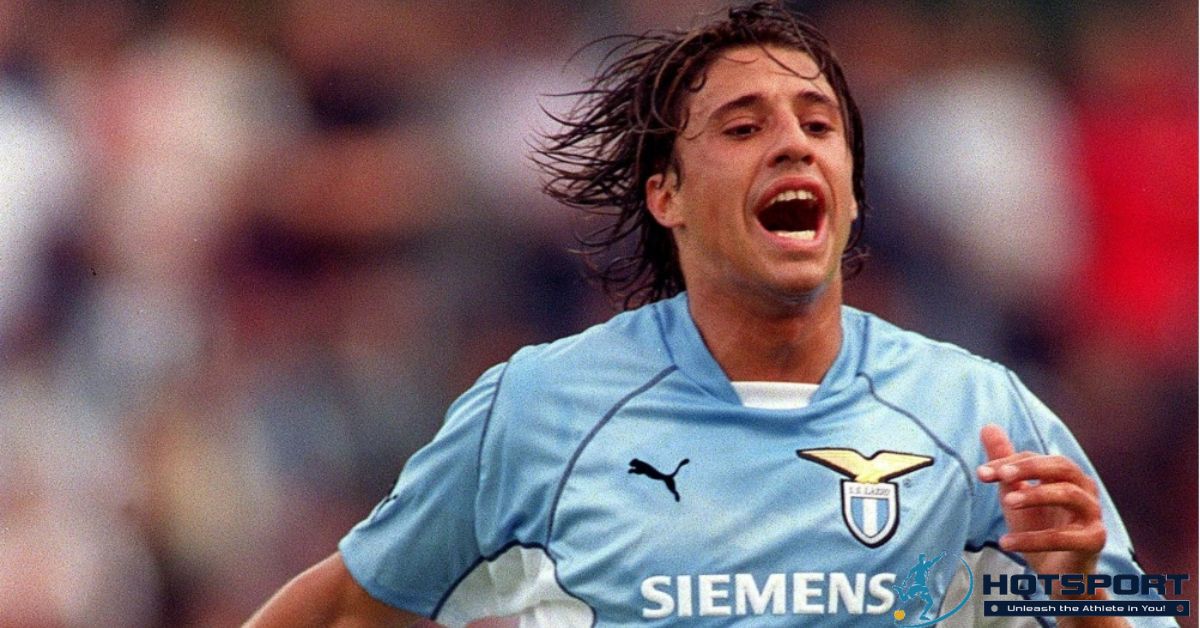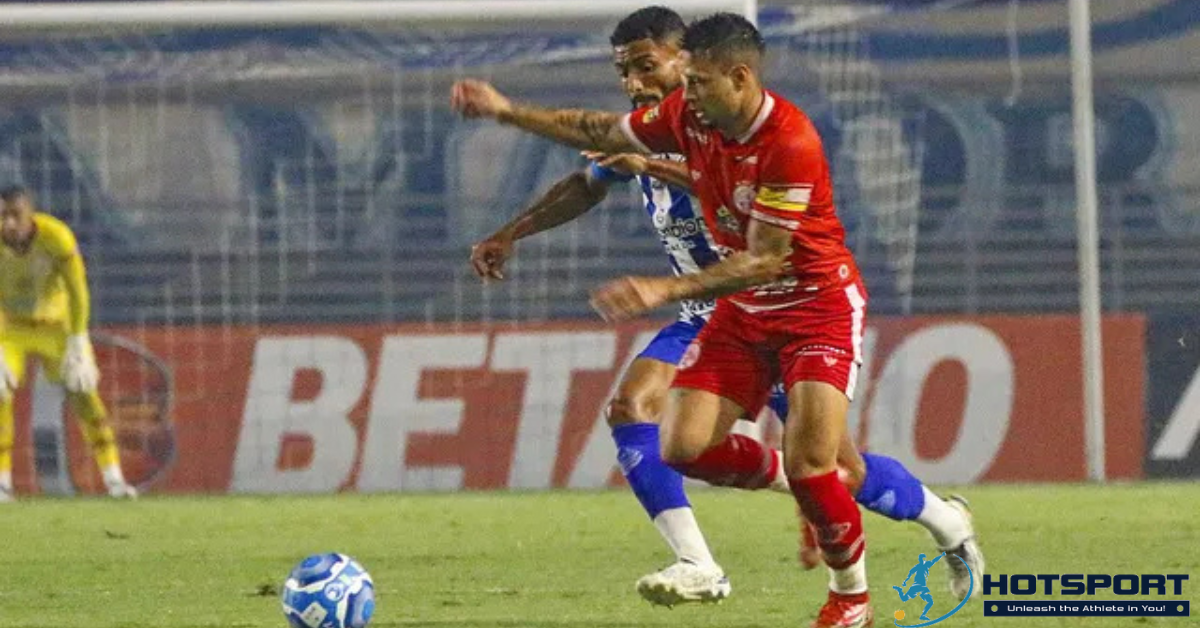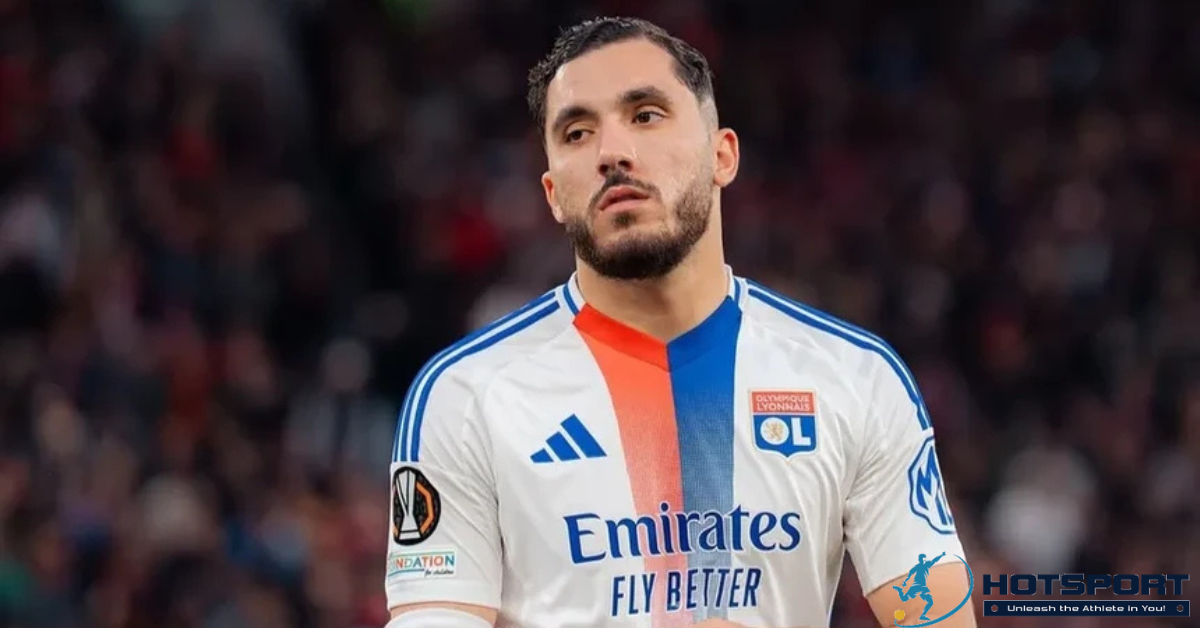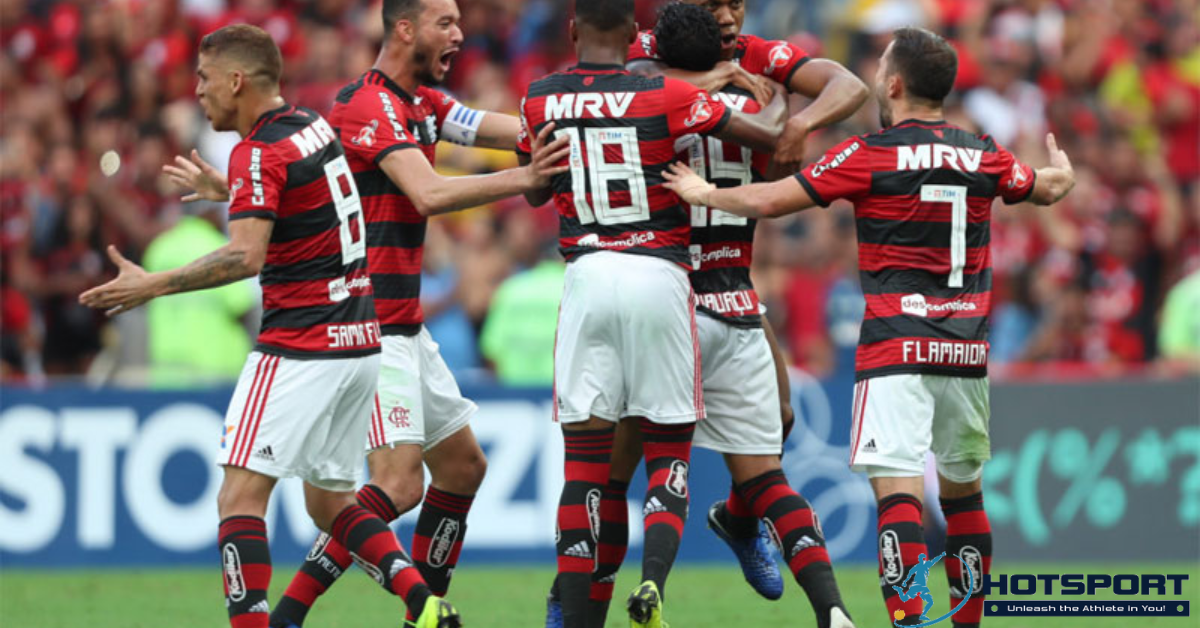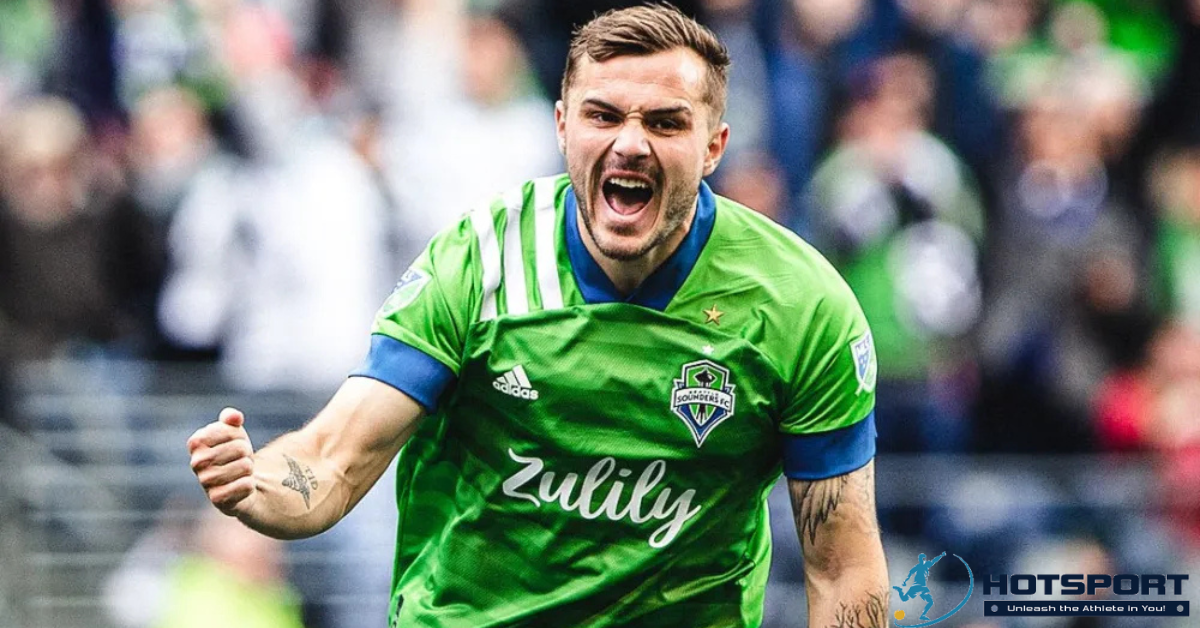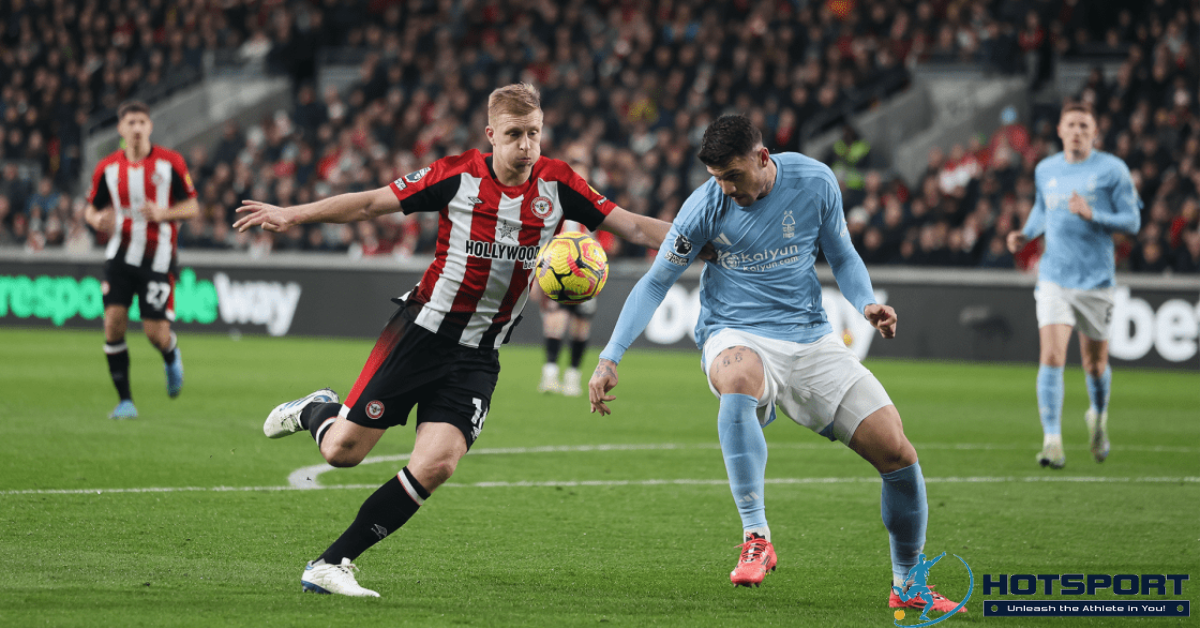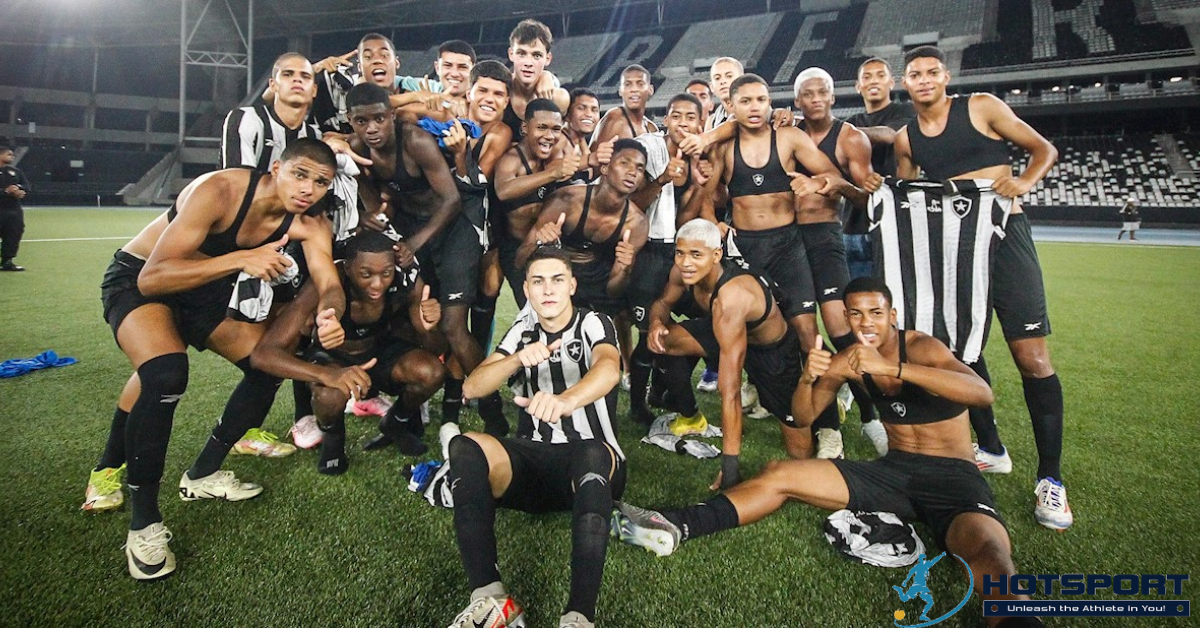FIFA Club World Cup 2025: Everything You Need to Know
The FIFA World Cup 2025 will not take place, but the year 2025 will be marked by an equally thrilling event: the FIFA Club World Cup 2025, a groundbreaking tournament featuring 32 clubs from around the globe. Held in the United States from June 15 to July 13, this competition reimagines the previous Club World Cup format, introducing a larger, more competitive structure akin to the FIFA World Cup for national teams. In this article, we explore every detail of the FIFA Club World Cup 2025, from its history to participating teams, format, venues, and fascinating facts, in approximately 2,000 words, written in English, with clear headings and subheadings.
What is the FIFA Club World Cup 2025?
The FIFA Club World Cup 2025 is the inaugural edition of a quadrennial tournament organized by FIFA, replacing the annual Club World Cup format held from 2000 to 2023. Featuring 32 teams from the six continental confederations (CONMEBOL, UEFA, CONCACAF, CAF, AFC, and OFC), the tournament aims to crown the world’s best club in a historic competition. Unlike the FIFA World Cup for national teams, which occurs every four years, this event focuses on clubs, bringing a new level of international rivalry to football.
History of the Club World Cup
The idea of a global club championship is not new. FIFA’s first official attempt came in 2000 in Brazil, where Corinthians defeated Vasco in the final. However, from 2001 to 2004, the tournament was paused due to financial issues, resuming in 2005 with a smaller format involving only continental champions. Brazilian clubs like São Paulo (2005), Internacional (2006), and Corinthians (2012) left their mark with memorable victories.
In 2025, FIFA expanded the tournament, drawing inspiration from the World Cup format used for national teams between 1998 and 2022. The competition now includes 32 teams, organized into eight groups, with knockout stages starting from the round of 16. This overhaul aims to boost competitiveness and attract a global audience, with an estimated prize pool of up to $125 million for the winner.
Why 2025?
Originally planned for 2021 in China, the tournament was postponed due to the COVID-19 pandemic, which also affected events like the UEFA Euro and Copa América. After several revisions, FIFA confirmed the United States as the host in 2023, leveraging the country’s infrastructure, which will also host the 2026 FIFA World Cup. The year 2025 was chosen to launch the new format, establishing the Club World Cup as a cornerstone of the football calendar.
Tournament Format
The FIFA Club World Cup 2025 adopts a format familiar to fans of the World Cup for national teams, with some adaptations for the club context.
Group Stage
The 32 teams are divided into eight groups of four teams each. Each team plays three matches in the group stage, totaling 24 initial games. The top two teams from each group advance to the round of 16. FIFA conducted the group stage draw on December 5, 2024, ensuring competitive balance and geographic diversity, with criteria including:
- Head-to-head results as the primary tiebreaker.
- Goal difference and goals scored as secondary criteria.
- A seeded draw, with teams allocated to pots based on continental rankings.
Knockout Stage
From the round of 16 onward, the tournament follows a single-elimination format with one-off matches. The stages include the round of 16, quarterfinals, semifinals, and the grand final, scheduled for July 13, 2025, at MetLife Stadium in New Jersey. Unlike previous editions, there will be no third-place playoff.
Specific Rules
- Player registration: Each club can register up to 35 players, but only 26 can be listed per match.
- Card suspensions: Two accumulated yellow cards result in a suspension, with the count reset from the quarterfinals.
- Transfer window: A special transfer window from June 1 to 10, 2025, allows for squad adjustments.
Participating Teams
The FIFA Club World Cup 2025 will feature representatives from all confederations, qualified through continental titles or performance rankings over the past four years. Below are some confirmed teams and their respective confederations:
CONMEBOL (South America)
South America has six slots, with a strong Brazilian presence. Confirmed teams include:
- Palmeiras: 2021 Copa Libertadores champions.
- Flamengo: 2022 Copa Libertadores champions.
- Fluminense: 2023 Copa Libertadores champions.
- Botafogo: Qualified via CONMEBOL ranking.
- River Plate (Argentina): A traditional South American powerhouse.
- Boca Juniors (Argentina): Known for its grit in international competitions.
UEFA (Europe)
Europe has 12 slots, featuring elite clubs such as:
- Real Madrid (Spain): Record holders of the UEFA Champions League.
- Manchester City (England): Current Club World Cup champions (2023).
- Bayern Munich (Germany): Led by stars like Harry Kane.
- SL Benfica and FC Porto (Portugal): Prominent Portuguese representatives in UEFA.
CONCACAF (North, Central America, and Caribbean)
CONCACAF has four slots, including:
- Inter Miami (USA): Qualified as 2024 MLS Supporters’ Shield winners, with Lionel Messi as a major draw.
- Pachuca (Mexico): A Mexican powerhouse.
- Los Angeles FC (USA): Winner of a playoff against América-MEX.
- Seattle Sounders (USA): MLS champions.
Other Confederations
- CAF (Africa): Clubs like Al Ahly (Egypt), Wydad AC (Morocco), and Mamelodi Sundowns (South Africa).
- AFC (Asia): Representatives such as Al Hilal (Saudi Arabia) and Ulsan Hyundai (South Korea).
- OFC (Oceania): Auckland City (New Zealand), a regular participant.
Qualification Controversies
The selection of Inter Miami sparked criticism for lack of transparency, with many suggesting the slot was secured to ensure Lionel Messi’s participation. Additionally, León (Mexico) was excluded due to sharing the same owner as Pachuca, reinforcing FIFA’s rule against clubs with identical ownership.
Venues and Host Cities
The tournament will be played across 12 stadiums in 11 U.S. cities, many of which will also host the 2026 FIFA World Cup. The selection reflects the country’s top-tier infrastructure, with highlights including:
- MetLife Stadium (New Jersey): Venue for the final, with a capacity of 82,500.
- Mercedes-Benz Stadium (Atlanta): Hosting eight matches, including a semifinal.
- Hard Rock Stadium (Miami): Site of the opening match, Inter Miami vs. Al Ahly.
- Rose Bowl (Los Angeles): One of the most iconic U.S. stadiums.
- Camping World Stadium (Orlando): One of two stadiums in the city.
Nine of the 11 cities are on the East Coast, with Los Angeles and Seattle representing the West Coast. FIFA emphasized the accessibility and capacity of these venues to accommodate large crowds.
Visual and Cultural Identity
The FIFA Club World Cup 2025 boasts a striking visual identity designed to capture the essence of global football.
Official Emblem
Launched on September 4, 2024, the tournament’s emblem draws inspiration from the football and American culture, with the initials “CWC” (Club World Cup) forming a circular icon. The design reflects the sport’s universality, featuring vibrant colors and a modern style.
Official Anthem
The tournament’s anthem is based on “Freed from Desire” by Italian singer Gala Rizzatto, adapted to create a festive atmosphere. The choice reflects FIFA’s aim to connect the event with a young, global audience.
Trophy
The 2025 Club World Cup trophy is a unique piece, featuring the “CWC” logo at its center and the names of all 32 clubs engraved on the rim. Details like the planetary positions on the dates of FIFA’s founding (1904) and the tournament’s opening match (2025) symbolize the event’s grandeur.
Impact and Expectations
The FIFA Club World Cup 2025 is set to be a landmark in football, but it also faces challenges and high expectations.
Global Football Impact
With 63 matches over 29 days, the tournament will draw millions of viewers, both in stadiums and on television. In Brazil, broadcasts will be available on CazéTV, Globo, SporTV, Globoplay, and DAZN, ensuring extensive coverage. The presence of Brazilian clubs like Palmeiras, Flamengo, Fluminense, and Botafogo heightens national interest.
Criticisms and Challenges
The new format has drawn criticism, particularly from players and associations, who argue that the increased number of matches could harm athlete health. The European Club Association also raised concerns about the tight calendar. Additionally, the exclusion of clubs like Liverpool and Barcelona due to the two-team-per-country limit sparked debates over qualification criteria.
Title Favorites
Clubs like Real Madrid, Manchester City, and Bayern Munich are considered frontrunners, but South American teams like Flamengo and Palmeiras have a history of upsetting the odds. Lionel Messi’s presence with Inter Miami makes the team a major attraction, though less favored for the title.
Tournament Trivia
- New Innovations: FIFA will test enhanced Video Assistant Referee (VAR) technology and potential changes to substitution protocols.
- Brazilian Presence: With four clubs, Brazil is one of the most represented nations, alongside Europe.
- Star Players: Beyond Messi, players like Vinicius Jr. (Real Madrid), Harry Kane (Bayern), and Gabigol (Flamengo) are expected to shine.
- Star-Studded Draw: The group stage draw featured Brazilian legend Ronaldo, boosting the event’s global appeal.
Conclusion
The FIFA Club World Cup 2025 is more than a football tournament; it’s a celebration of the sport’s diversity and passion. With 32 clubs, 12 stadiums, and a dynamic format, the event promises to redefine the concept of a global club championship. For Brazilians, the participation of Palmeiras, Flamengo, Fluminense, and Botafogo is a source of pride and hope. Despite controversies, the tournament is poised for success, uniting fans from every continent in the greatest spectacle of club football. Get ready to cheer and follow this historic journey!


